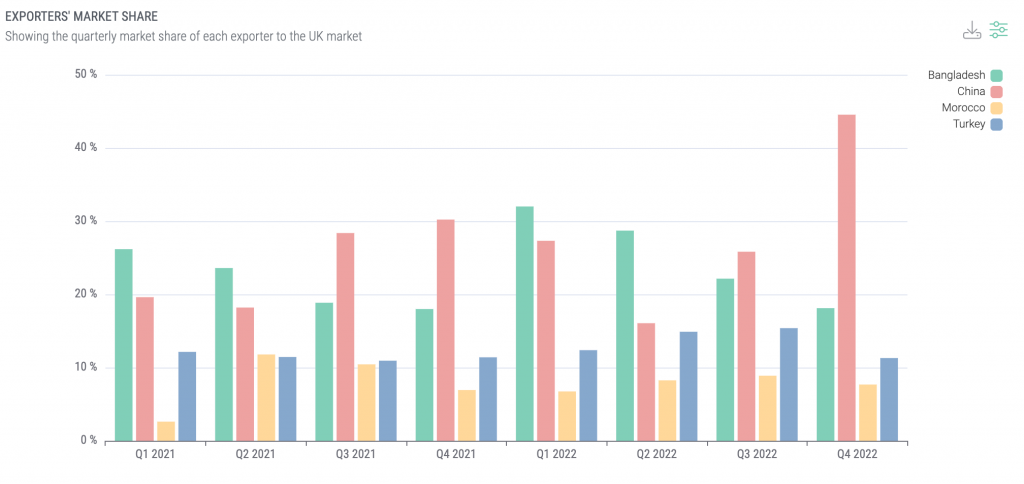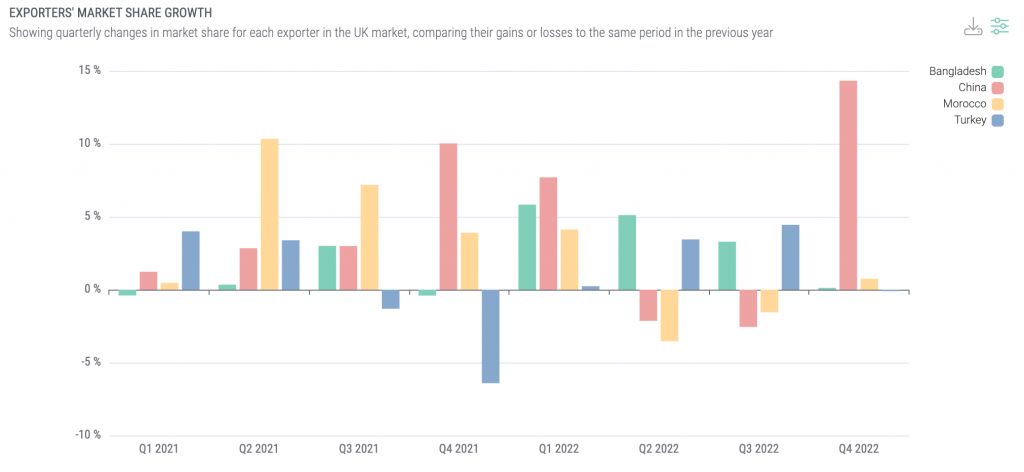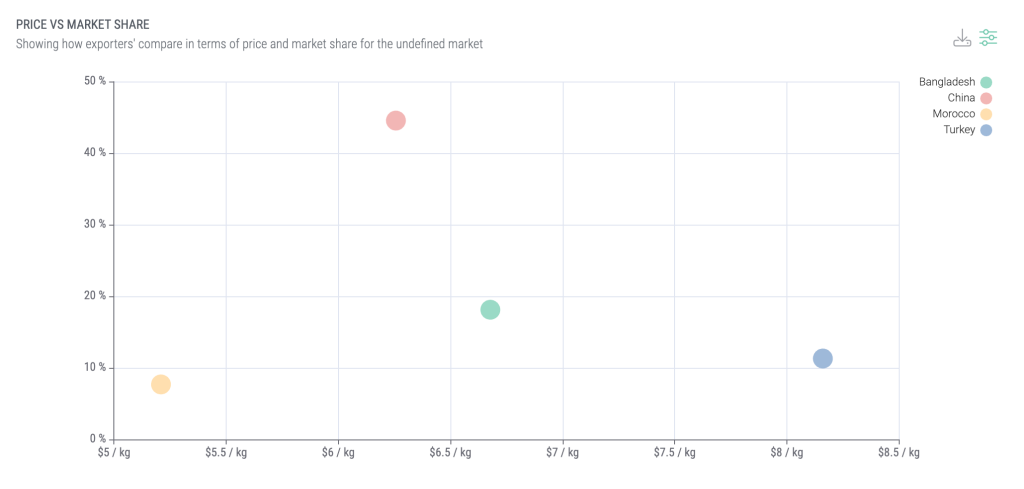Sourcing from emerging markets has recently gained traction, increasing its popularity as a sourcing strategy. These markets, often characterised by rapid economic growth and development, present lucrative opportunities for fashion retailers. However, they also come with their own set of considerations.
Why Turn to Emerging Markets for Sourcing?
There are quite a few reasons why looking to emerging markets could be an attractive sourcing strategy. Many of the emerging markets happen to be nearshoring markets for many brands as well which can be advantageous to enter when navigating the post-COVID supply chain as a fashion brand.
Cost-effectiveness: Emerging markets often offer cost advantages due to lower labour and operational costs. This can result in significant savings for fashion retailers, especially when dealing with high-volume orders.
Diversification: Sourcing from different geographical areas allows fashion retailers to diversify their supply chain. This can help mitigate risks–like natural disasters, geo-political conflicts, and mechanical delays– associated with relying heavily on a single market or supplier.
Innovation and unique products: Emerging markets often offer unique materials, designs, and artisanal techniques that can differentiate a retailer’s offerings, appeal to consumers looking for something unique, and allow brands to lead trends.
Determining Emerging Markets
There are many factors to consider when determining whether a certain emerging market is a good fit for your brand. A great first step is to look at your market’s current exporter market share. This will show you what countries are already dominating the market and which could be potential emerging markets. For example, suppose we are looking at women’s and girls’ dresses for the UK, below. In that case, we see the top four countries that export into the UK are China, Bangladesh, Morocco, and Turkey with China holding a significant share.

Looking at the exporter’s market share growth will then give you a deeper understanding of the market trends. You can see that China had considerable growth in Q4 2022, while Bangladesh continued to grow four quarters in a row and Morocco showed slight growth after two quarters of decline.

The last piece to consider is the price versus market share analysis. Looking at the chart below, one could consider Bangladesh and Morocco as possible emerging markets to enter. Bangladesh shows strong production capabilities with nearly 20% of the market share, while Morocco boasts the lowest price per kilogram. Determining which would be the best brand fit would come down to the brand and production needs and goals.

Exploring the Opportunities
Each region and country will have unique benefits to explore that could support fashion retailers in different manners. It is important to consider each.
Southeast Asia: With its rich textile tradition and competitive labour costs, Southeast Asia has become a popular sourcing destination for many fashion retailers. Countries like Vietnam, Cambodia, and Indonesia offer opportunities in both textile production and garment manufacturing.
Africa: Africa’s emerging markets, such as Ethiopia and Kenya, are gaining recognition for their growing textile and apparel industry. Initiatives promoting sustainable and ethical manufacturing practices also provide opportunities for retailers looking to source sustainably.
Latin America: Countries like Peru and Colombia are known for their high-quality textiles and unique artisanal skills, making them attractive sourcing destinations for high-end fashion retailers.
Eastern Europe: With their strategic location near major European markets and growing technical expertise, countries like Romania and Poland are becoming increasingly attractive for fashion sourcing.
Navigating the Considerations
While the opportunities are vast, sourcing from emerging markets also comes with considerations that fashion retailers must be prepared to navigate.
Regulatory Compliance: Different countries have varying regulations related to labour, safety, and environmental standards. Fashion retailers must ensure their suppliers comply with these regulations to avoid legal issues and reputational damage.
Quality Assurance: Ensuring consistent quality can be a challenge when sourcing from emerging markets as they are not as established. Regular audits and building strong relationships with suppliers can help maintain quality standards.
Logistics and Infrastructure: Infrastructure can be a challenge in some emerging markets, potentially leading to logistical issues or delays. It’s essential to factor in these potential challenges when planning your sourcing strategy.
Ethical Considerations: Ensuring fair labor practices and sustainable manufacturing processes is paramount. Retailers must conduct thorough due diligence to ensure their sourcing practices align with their ethical commitments.
Sourcing from emerging markets presents fashion retailers with an opportunity to diversify their supply chains, reduce costs, and access unique products. However, success requires careful planning, due diligence, and a commitment to ethical and sustainable sourcing practices. By taking a strategic approach, fashion retailers can unlock the potential of emerging markets and create a more resilient and competitive business.






